Dear Friends,
At Earth Hope, I aggregate news about conservation successes, conduct some original reporting, and occasionally share a personal narrative. Here’s an offering related to self-care, connecting with nature and changing the world. Thank you for being here. 🙏
— Amanda
I invite you to walk with me up a misty hillside in Northern California, along a steep, paved road that’s closed during winter and spring so that newts can cross more safely to their breeding grounds.
On this walk, we’ll share company with rabbits, juncos and invisible but audible owls and frogs. Redtail hawks soar silently above. No coyotes or bobcats; they frequent a different place in these hills. This day, since it’s delectably dreary, most of the cyclists and dog walkers have stayed away.
It’s early February, and a few giant redwoods are still dripping from a recent rain. Spring is still a cold breath away. Chanterelle mushrooms poke through the leaf litter. Across the road from the redwoods, where the hillside receives more sun, a different ecosystem thrives. Old oaks crouch next to coyote bush. Scraggly pines, Monterey and Ponderosa, share space with creaking, towering eucalyptus.
I’ve walked this steep road a couple hundred times over 15 years. But today, I’m walking more slowly, more mindfully, as is my habit recently. During a rough patch of life a few years ago, I learned about mindfulness meditation, a nonreligious practice that involves slowing down and taking note of sights, sounds, colors, sensations, emotions and thoughts as a way to calm the mind and improve wellness. Mindfulness has become such a habit that I do it unintentionally.
I’m nearing the top of the hill. The fog has kissed my cheeks until moisture glides in rivulets to my chin. Serenity has settled in my heart. This is when I notice a bush covered in pink ribbons and yellow flowers that I’ve never seen before.
The ribbons say, “Do not cut.” This is my first hint that I’m in the presence of something special. There’s been some brush clearing for fire prevention, but this plant absolutely must not be touched. The second hint is the senseless beauty of this bush’s downward cascading flowers, each no bigger than my pinky. The pollen-drenched stamens droop decadently long. I’m reading nature’s erotica.
Its bark and buds resemble a willow’s, but it’s dripping with these sensual yellow flowers, unlike anything I’ve ever seen. I’m stricken. I snap some photos with my phone, but the light is so dim, they come out fuzzy.
And I wonder, why have I never seen this flower before? In over 15 years of trudging up this hillside, how could I have missed it?
It only takes me a moment to know the answer. It’s because all that time, I’d been going too fast. I’d been hiking to exercise and thinking about all my problems. I remember that I once told the teacher who trained me in mindfulness that exercise wasn’t helping my anxiety because I spent the entire time ruminating and worrying.
When I return home, it takes me a while to identify the little yellow flower.
The Western leatherwood is an endangered plant found nowhere else but six Northern California counties. It prefers “North-facing, foggy hillsides.”
I’m in love.
The words “North facing,” instantly remind me of my backcountry skiing days, when I pursued powder — the most ecstatic type of snow — for many years while living in the mountains. Right after a snowstorm, we’d hit the resort, and for weeks afterward, we’d keep chasing powder by hiking up the north-facing slopes, because they see little sun and the snow stays fresh and soft.
And, because of my fair skin, I do love overcast weather. So, I think to myself, this plant and I have a lot in common. We both prefer North-facing, fog-drenched hillsides.
Speaking of skiing, up until a few years ago, I’d spent a long time charging through life at breakneck speed. I was going to get it all done, very well, very FAST, all the time, whether it was chasing powder, mountain biking, trail running, writing, editing, project planning, mothering, daughtering or partnering.
And then something happened, and I couldn’t do that anymore. In retrospect, a lot of things converged, all leading to the same conclusion: Slow down or break.
Choosing to slow down invites many smiles from strangers. I’m no saint, but I do enjoy allowing people to cut in while driving or shopping or standing in line anywhere. I still ski, cycle and swim. But nowadays, I find myself more drawn to a simple walk. I often intentionally walk more slowly than I need to.
And when I do, I meet beautiful things for the first time, like the Western leatherwood.
And the ladybugs converging under it.
After I finish that cold, foggy walk, the days go by, and I can’t stop thinking of this flower. How, if I were a flower, I’d be a Western leatherwood, hiding peacefully on a shady slope. I picture myself as the flower, watching my anxiety-ridden self hike by for so many years, my nose down, my mind elsewhere. I wait patiently for my self to slow down one day and see me. I’m waiting to shock her out of her rumination and into my world of beauty and rarity.
I return another day to try to capture a better picture of the flower with a camera I’ve borrowed from a friend. I’m creeping among the bushes when another hiker stops and asks if I’m looking for morel mushrooms. I tell him I’m chasing this endangered plant, how this sunny morning is my first chance to capture it. We chat for a while and we’re both smiling by the time he says goodbye and walks away.
I realize that if I hadn’t been crawling alongside the road, if I’d been storming along to get my exercise, I might have missed an opportunity to talk to a fellow human. I log it as another benefit to my slow-going ways.
When I walk off the hillside, a log rolls under my feet. I go hurtling toward the pavement and the camera swings wildly, but I catch myself. Some incredible muscle memory, that balanced skier in me, prevents a tumble with the borrowed camera. But the fright of it has my mind playing a movie of the camera shattering, the reimbursement I’d owe, the trust I’d break, not to mention my bloody face and knees.
Why should I create such a scene, when it was so clearly already avoided?
That’s the sacred duty of fear.
And yet, fear is often a liar.
Learning to co-exist gracefully with negative emotions has also been a part of my slow journey to this hillside.
Aren’t we always able to shape the future in a way that’s different than what our fear tells us is possible?
When I get home from that second hike, I go to my mom’s room to do some caregiving chores.
She’s rolled her wheelchair up to the sliding glass door, where she often perches to visit the wildlife — the jays, towhees and hummingbirds, an elegant skunk, a fluffy neighborhood cat named Carpet and some teenaged squirrels. Outside in the garden, a scrub jay is picking the coconut husk out of my hanging planter and taking off with it. This happens every year, but we’ve never spotted the nest.
Mom looks up from her reading. The sun sheds a warm glow on her cheeks and her eyes are a shade lighter than the jay’s plumage.
“I’ve come a little closer to understanding the universe,” she says.
I chuckle.
“Oh, yeah?” I say.
She often talks like this. It’s one of her sweetest qualities. She’s spent much of her life meditating and praying daily. I believe this is why she’s been able to live with a positive attitude for 25 years with Parkinson’s and to keep bouncing back, despite frequently breaking large bones. “Tubthumping” could be the theme song for the past ten years of her life. And she doesn’t just get back up, she does so with a joyful smile. (Read about her teaching career and connection with President Carter here).
We found this house and moved in together during the pandemic. A bout of bad pneumonia had tossed her from living independently to being stuck in a nursing home. Window-only visiting rights for months on end was no way to live. She’s in much better health now.
She’s got this look of delight on her face as she points to the middle of a book on Indian scripture. She wants to read me a line.
“We have power to influence the world, particularly with our state of mind,” she says.
I’m tossing laundry onto the couch, which she enjoys helping to fold. I’m distracted and don’t pay attention at first. The words are trying to break past my other jumbled thoughts. Eventually, they do. I put her water bottles and medicine away and relax into her couch next to a pile of towels.
“Would you say that again?” I ask.
“We have power to influence the world, particularly with our state of mind,” she repeats.
This time, the words really splash over me, wake me up. My thoughts are already sprinkled with those rare yellow flowers that have shown me how much I’ve changed over the past few years. Now, I immediately wonder about the millions of people who care about saving this Earth. What is their state of mind?
How about the Eel River? All the people who must have worked on the recent agreement to tear town two dams, which will free 288 miles of salmon-spawning habitat. I know there were tribal members, legislators, lawyers, scientists, farmers and conservationists, both the staff and the donors.
What was their state of mind?
I think of the Mexican professor who is moving a fir forest up a mountain to save monarch butterflies; the beach protectors in India who saw endangered olive ridley sea turtles return to their island for the first time in 30 years; the conservationists who recently welcomed back a bird not seen in 190 years after removing predators from the Galapagos Islands; the Yurok Tribe elders who taught their children that the California condor’s role is to restore balance to Earth. Those children grew up and brought the condor home.
What was their state of mind?
I think of Roland Knapp, the ecologist who’s worked his entire life protecting Yosemite’s native frog, saying that when we’ve got a problem, we don’t embrace despair; we’ve got to work conscientiously toward a solution.
“It’s not just beating your head against the wall; it’s moving through the wall,” he said.
I think about the violent, warfare-type rhetoric I frequently come across in environmental circles: “warrior,” “fight,” “resist,” “battle,” “bomb,” “weaponize,” etc. To each his own, but I do wonder if these are words to embrace. My experience tells me that anger, fear and hatred lead to burnout, whereas powerfully calm hope is self-sustaining.
I think of my own transformation over the years, the multiple crises that would have broken me had I not committed to self-care.
I’ve once made the mistake of thinking the past is the past, not the preamble to the future. The mistake of thinking it can’t get any worse than this. In fact, the past was always meant to prepare us for the challenges the future holds. While my news feed contains every shade of good and bad news, my personal existence contains nothing to complain about. I’m healthy and no one I love is in the hospital. My family shares a roof we can all call home. These alone feel bountiful.
I now walk a peaceful path between past and future, the resting place between crises. Here, the mist is cool and gentle on my cheek, and I write about hope both as an offering and a way to fortify my soul.
“How did I learn not to break?” I ask the past. It whispers back, “Slower and softer, not harder and faster.”
I think how, now, more than ever, it’s important for each of us to care for ourselves, to fortify a state of mind that can not only survive crises, but one that can change the world.
Patient friends are waiting.
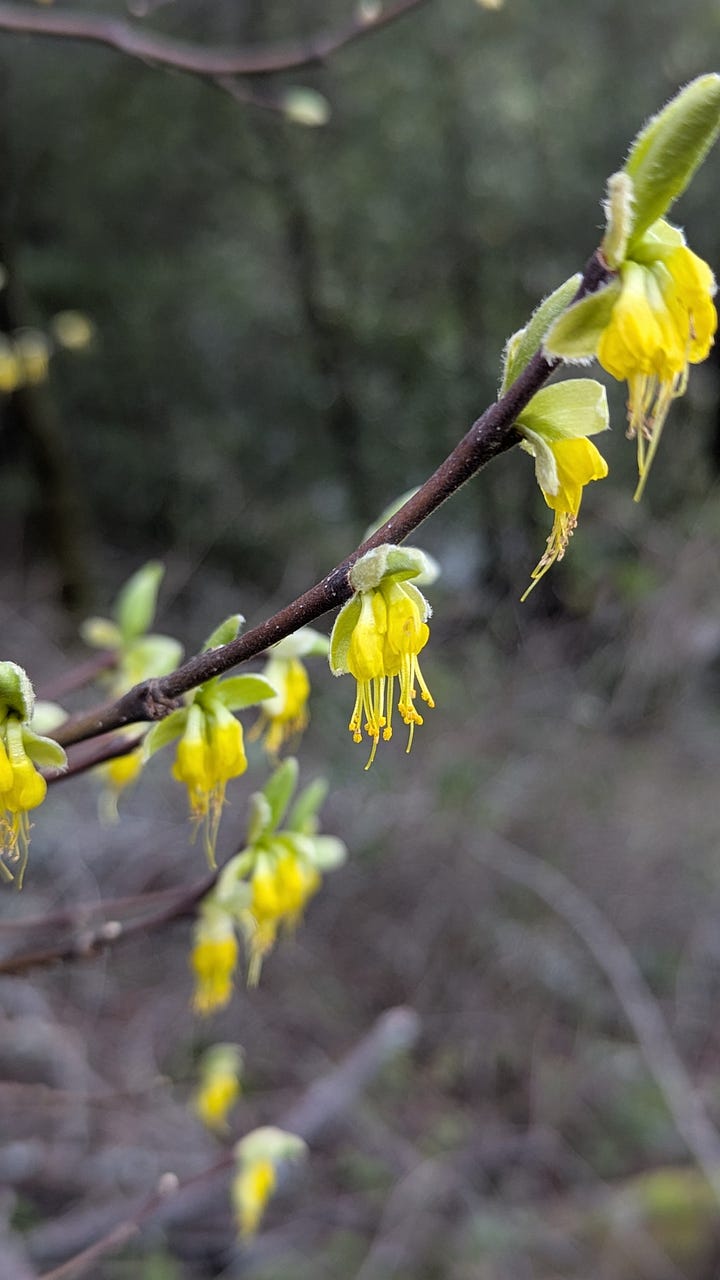
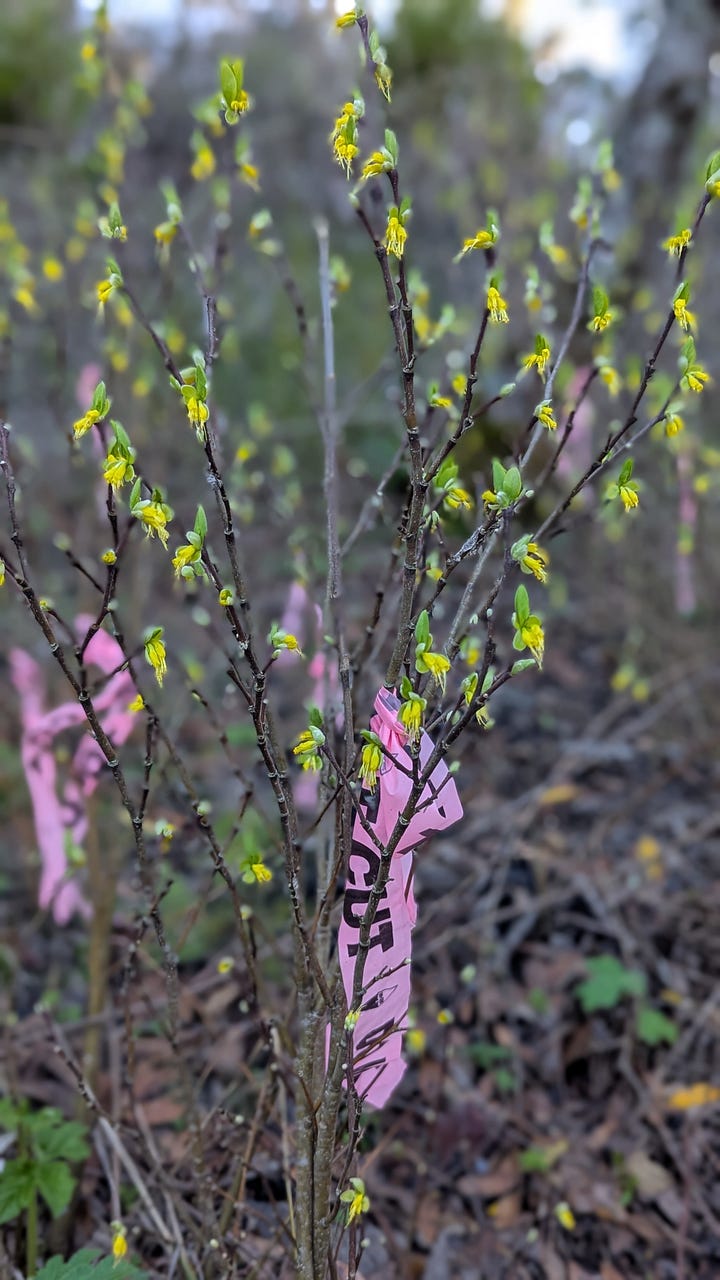
“A tree that cannot bend will crack in the wind. The hard and stiff will be broken; the soft and supple will prevail.”
― Lao-Tzu
If you’re struggling with mental health, in particular how to manage negative emotions, please consider the common advice of cutting down on caffeine and alcohol, providing your body ample sleep, and changing circumstances that increase stress. Also, Brené Brown’s books on emotions may be helpful, as well as Dialectical Behavior Therapy.
Peace, hope and love to all who are suffering right now.
About Earth Hope:
Earth Hope is a solutions-based journalism project that highlights environmental success stories from around the globe, because hope is the foundation of progress. I’m Amanda Royal, a former newspaper reporter and current eco-news junkie. Read more about this project and what inspired it.
Thank you for being here.🙏
Visit earthhope.substack.com for more stories. Visit my Services page if you’re a writer who’d like some help figuring out Substack.


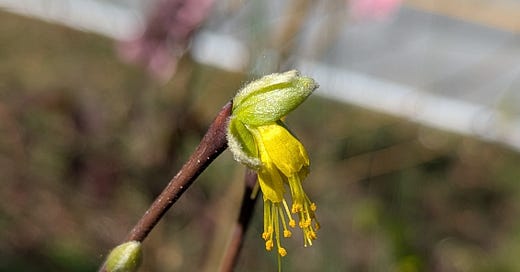


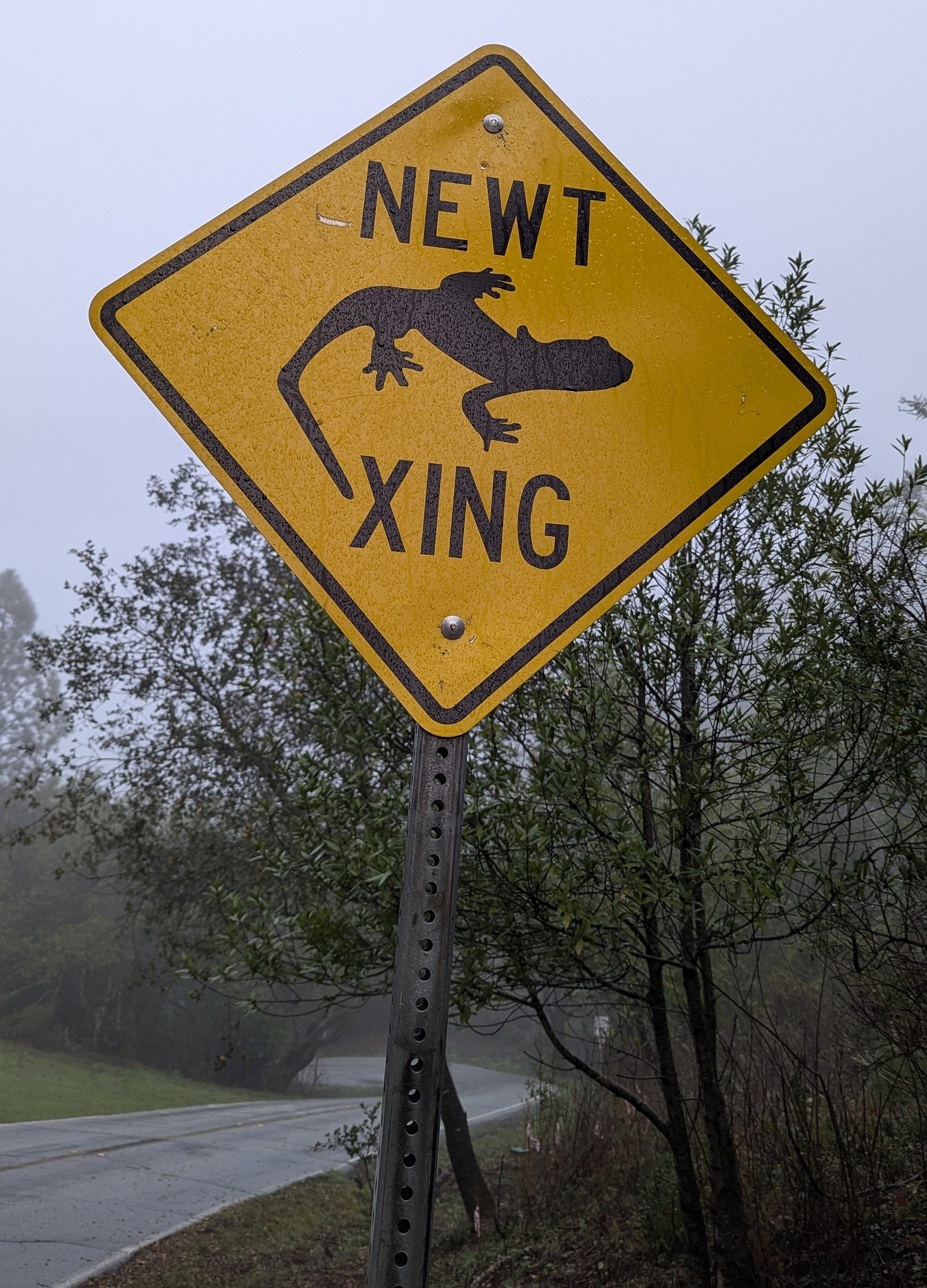

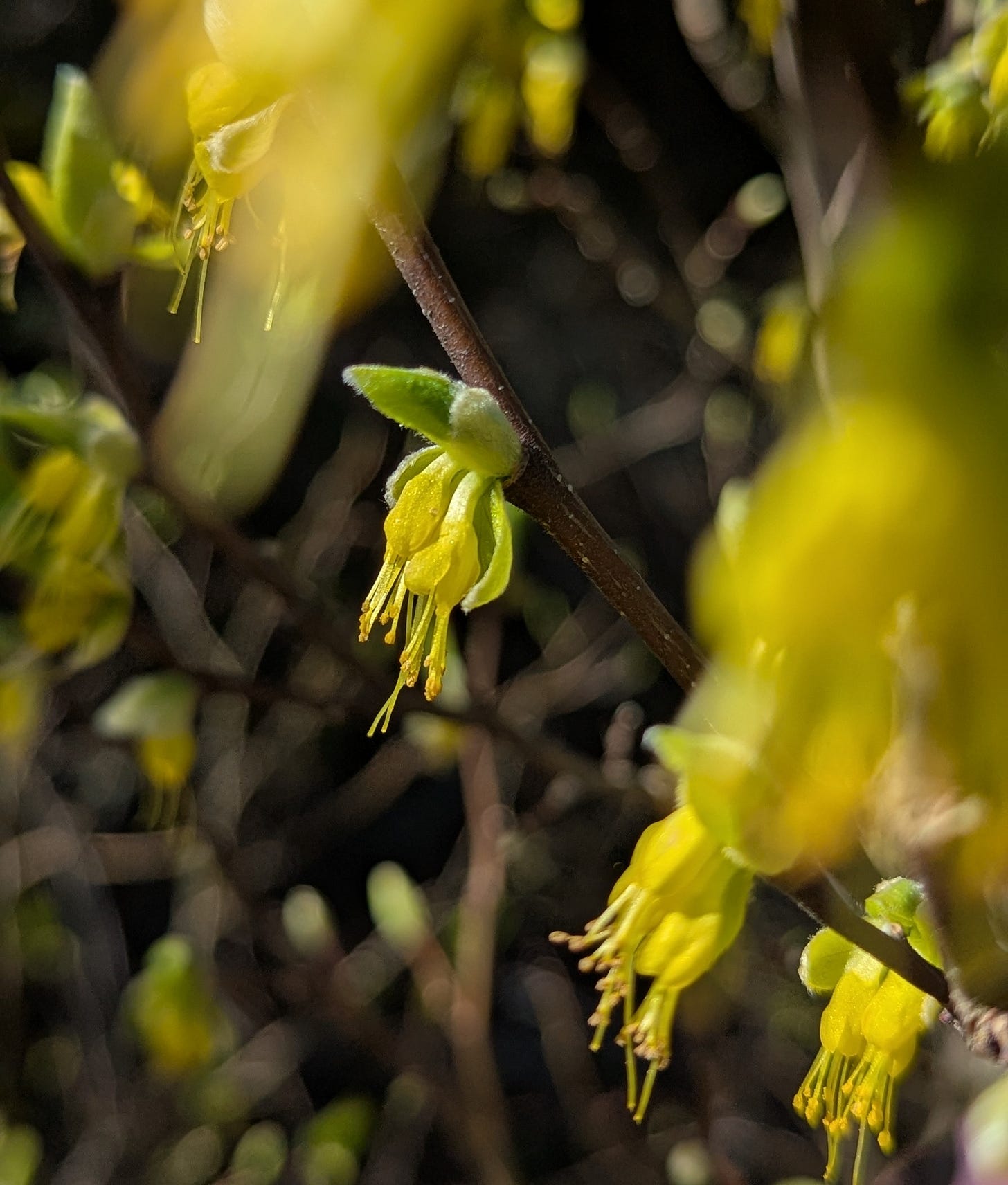
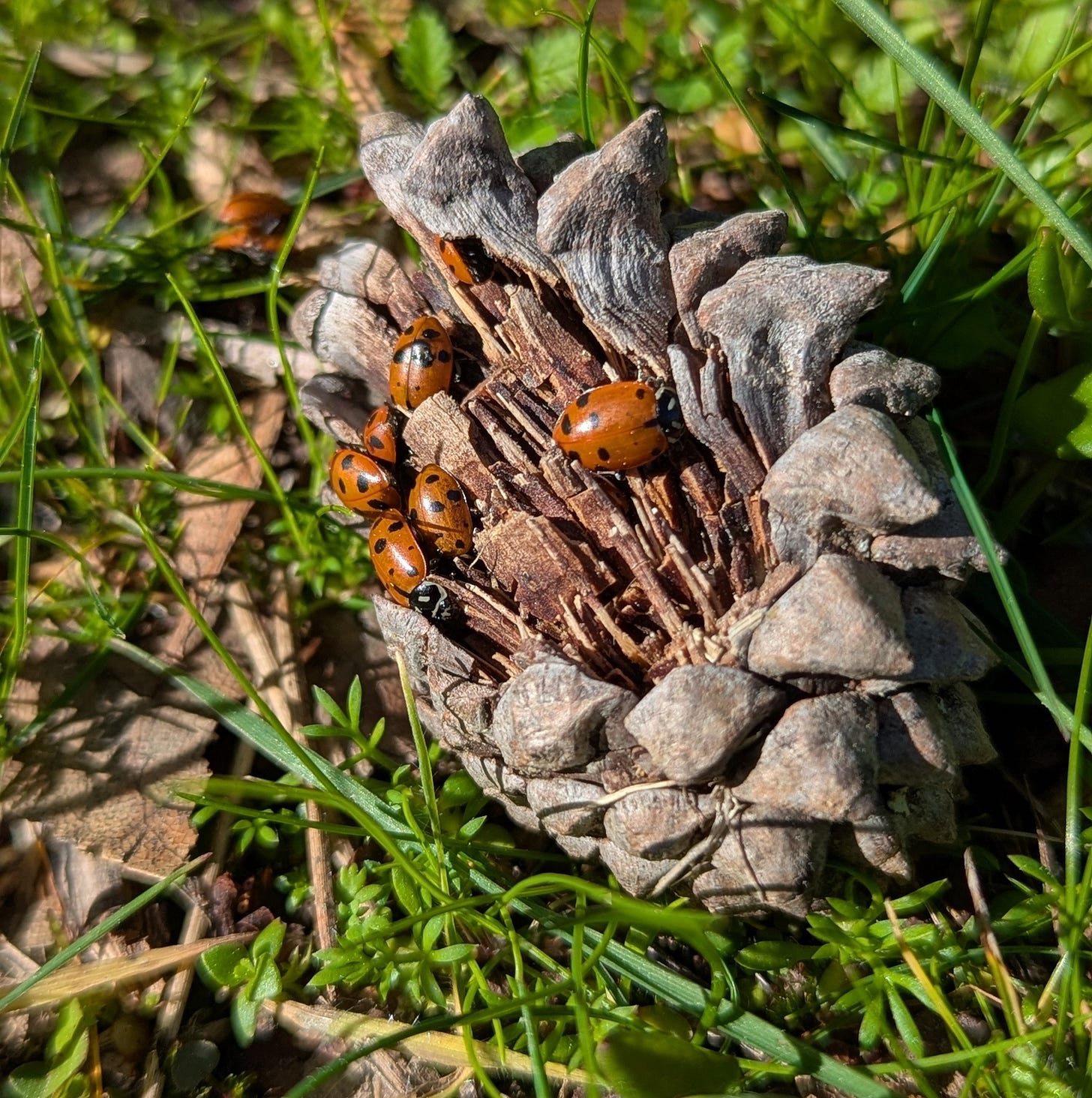
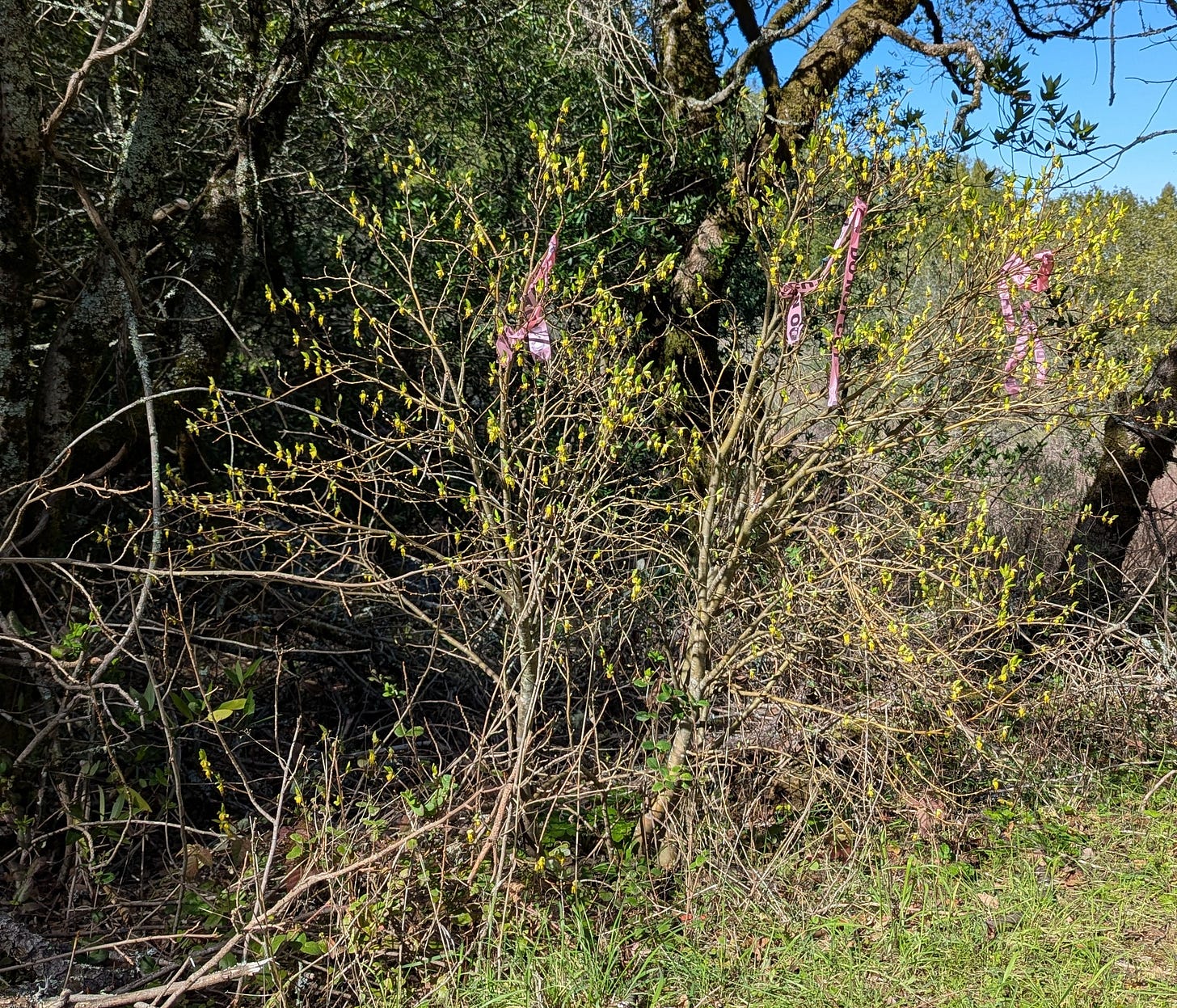

I’m so glad that you gently call out the language we protectors of the environment do often use, metaphors of warfare. I think this creates a mood in which potential allies (however remotely) are cast as enemies. We don’t need that! Let’s think of everyone as someone who can learn and become a fellow protector of our cherished planet!
Thank you Amanda for this lovely gift. Thank you for reminding me of these profound wisdoms, some of which I know and then forget. Thank you for the sprinkle of beautiful moments in the hills and with your mother.